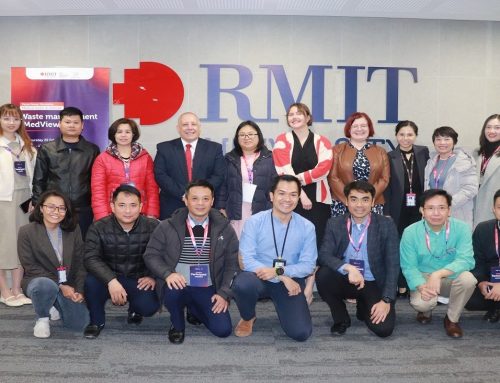Organizational culture has no consistent definition in the extant literature. Schein, (2004, p.17) defines organizational culture as “a pattern of shared basic assumptions that was learned by a group as it solved its problems of external adaptation and, that has worked well enough to be considered valid and, therefore, to be taught to new members as the correct way to perceive, think, and feel in relation to those problems”.
In order to understand the type of organizational culture some salient points from the Organizational Culture Assessment Instrument (OCAI) as developed by Cameron and Quinn (2005) can be taken for consideration. This measure provides an idea about the organizational culture type based on a typology matrix. OCAI uses six dimensions to develop the organizational culture type. They are (a) dominant characteristics, (b) organizational leadership, (c) management of employees, (d) organizational glue, (e) strategic emphases, and (f) criteria of success. The six OCAI dimensions lead to classifying the organization into one of the four categories: Hierarchy, market, clan, and adhocracy culture.
Supply chain collaboration enables firms to obtain differential performance as they access resources and routines that exist with different supply chain members (Dyer and Singh, 1998). Moreover, such collaborative advantages are especially difficult to replicate since competitors must both acquire the complementary resources and roll out in the same way (Holcomb et al. 2006). Collaborative supply chains develop unique customer value by identifying resources that are outside the organizational boundaries. Such distinctive capabilities that bridge organizational boundaries are goal alignment, frequent and open communication, exchange of expertise and resources (Stonebraker and Afifi 2004).
In a study by Fawcett et al. (2013) it is found that two core collaboration resistors exist: unwillingness to adapt to collaborative behaviour, and a lack of trust. It is further found that resistance to change is so ingrained in organizational culture. Seeing this alongside the four cultural aspects that form the base line of supply chain collaboration as indicated by Barratt (2004) are (a) trust, (b) mutuality, (c) information exchange, and (d) openness & communication, gives adequate linkages among the elements of organizational culture and elements that make up collaborative behaviour. So it can be logically concluded that a supportive organizational culture would enhance collaborative outcomes between supply chain partners. The linkages can be also extended to humanitarian context but requires validation through research.
For references, please write to the author. He can be reached at sabari.prasanna@hanken.fi




